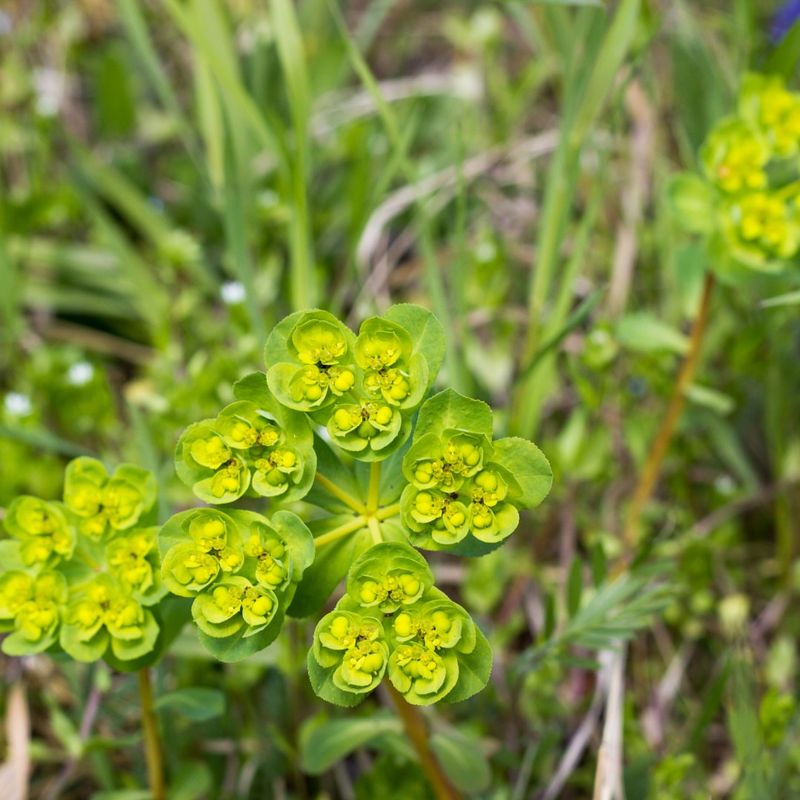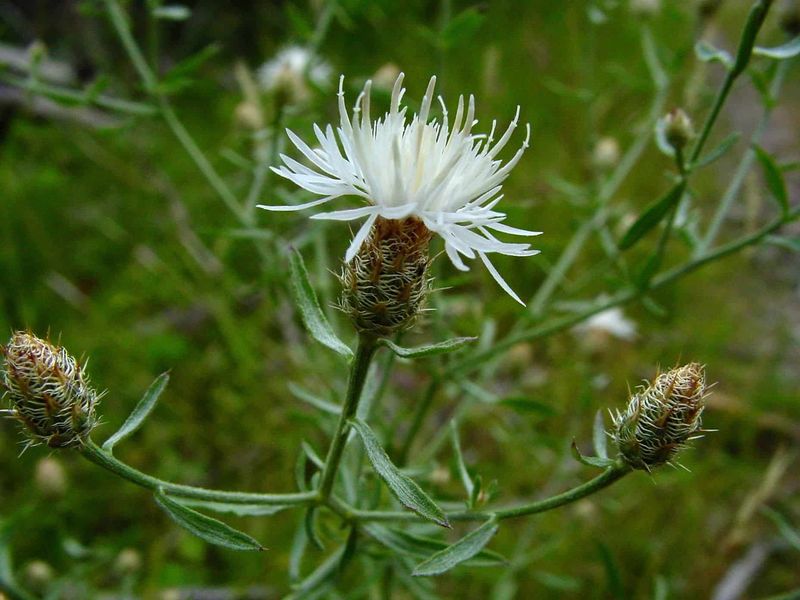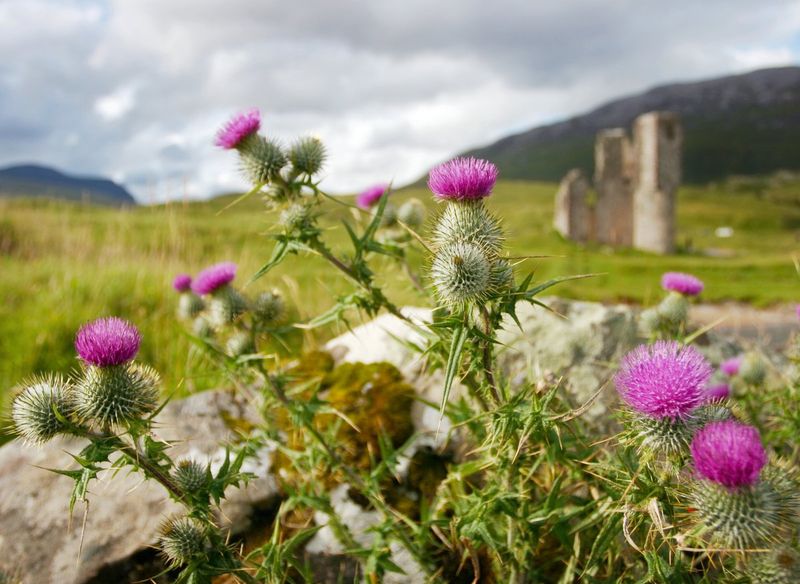Some plants in Colorado look harmless at first glance, yet they cause more trouble than most homeowners realize. These weeds spread fast, drain moisture from the soil, and crowd out the native plants that wildlife depends on. Their impact reaches far beyond a single yard, which is why the state steps in with firm rules about removal.
Many homeowners learn about these laws only after spotting a suspicious patch in a corner of the yard. Understanding which weeds the state targets helps stop problems before they take root and keeps communities safer, healthier, and better protected from invasive growth.
1. Canada Thistle
Purple-flowered invaders pop up everywhere in lawns and gardens, spreading through underground roots that can extend fifteen feet in all directions. A single plant produces thousands of fluffy seeds that float on wind currents for miles.
Pulling by hand rarely works because tiny root fragments left behind quickly regenerate into new plants. Repeated mowing combined with herbicide applications in fall provides the most effective control strategy for persistent infestations on your property.
2. Leafy Spurge
Bright yellow-green bracts fool people into thinking this aggressive spreader looks attractive in spring. Underneath that deceptive appearance lies a plant with milky sap that irritates skin and poisons livestock who accidentally graze on it.
Root systems plunge ten feet deep and spread horizontally, making eradication extremely challenging without professional help. Sheep and goats can graze leafy spurge safely, offering biological control where chemical treatments prove impractical for large areas.
3. Diffuse Knapweed
Spiny flower heads turn this bushy plant into a tumbling menace when mature stems break off and roll across landscapes, scattering thousands of seeds along their path. Each plant cranks out up to 18,000 seeds that remain viable in soil for eight years.
Ranchers despise this invader because it crowds out nutritious grasses cattle need for grazing. Early detection matters most. Pull young plants before they flower and bag them for disposal away from your property.
4. Russian Knapweed
Gray-green leaves and pink-purple flowers mark this perennial pest that horses absolutely must avoid. It causes irreversible neurological damage called chewing disease when consumed. Deep creeping roots spread aggressively, forming dense colonies that exclude all other vegetation from contaminated areas.
Chemical control requires multiple applications over several growing seasons for complete elimination. County weed managers can provide specific herbicide recommendations and application timing guidance based on your infestation severity and location.
5. Dalmatian Toadflax
Snapdragon-like yellow flowers might tempt gardeners to keep this ornamental-looking plant, but its waxy heart-shaped leaves hide an aggressive nature. Creeping roots and seeds both contribute to rapid spread across disturbed soils and roadsides.
Biological control using stem-boring weevils shows promise in some Colorado counties where traditional methods fail. Contact your local cooperative extension office to learn whether these beneficial insects are available for release on your property this season.
6. Myrtle Spurge
Succulent blue-green leaves and cheerful yellow flowers made this Mediterranean native a popular xeriscape choice until gardeners discovered its dark side. Also called donkey tail spurge, it escapes cultivation quickly and invades natural areas where native plants struggle to compete.
Milky latex sap causes severe skin burns and eye damage, making protective gear essential during removal. Dig out entire root systems carefully, double-bag all plant parts, and dispose through regular trash. Never compost this hazardous invader.
7. Hoary Cress (Whitetop)
Dense white flower clusters blanket infested areas each spring, creating what looks like snow covering the ground from a distance. Don’t let that pretty display fool you. This perennial spreads through seeds and aggressive root fragments that regenerate after disturbance.
Salty soils actually favor hoary cress growth, giving it advantages in irrigated areas where other plants struggle. Fall herbicide applications work best because plants actively move nutrients into roots during that season, carrying chemicals throughout the entire system.
8. Scotch Thistle
Towering stalks reach seven feet tall, topped with purple flower heads that produce up to 40,000 seeds per plant during their second year of growth. Spiny wings run along stems and leaves, making this biennial extremely unpleasant to handle without thick gloves and protective clothing.
Young rosettes are easiest to control. Cut below the crown during the first year before flowering occurs. Mature plants require careful disposal because seeds continue developing even after cutting, so bag flower heads immediately to prevent further spread across your neighborhood.









